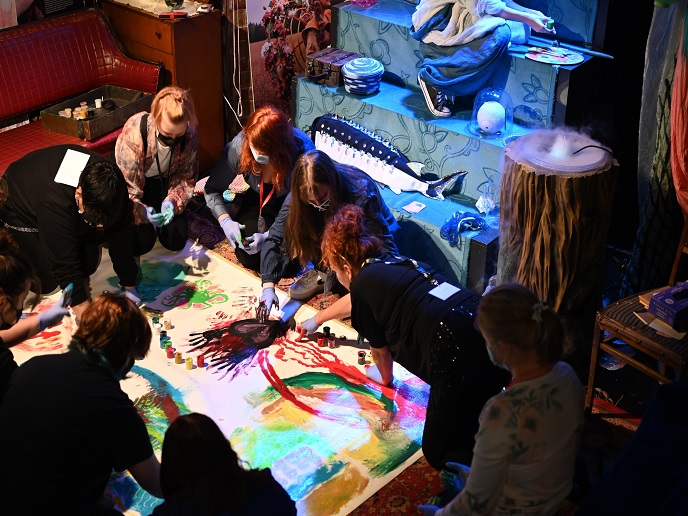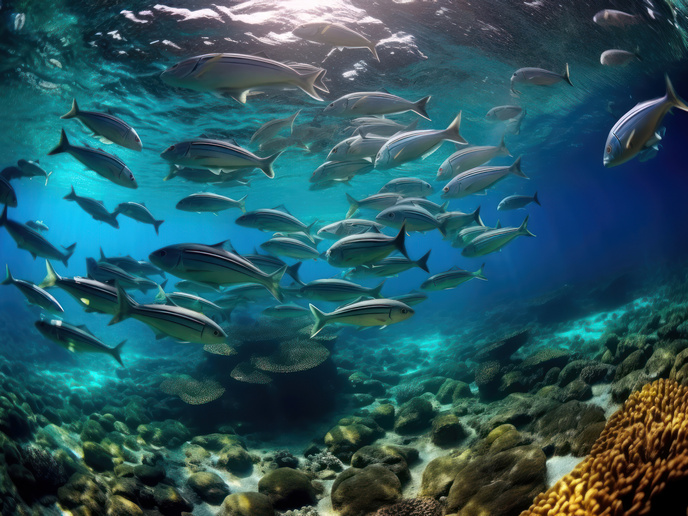Making sense of science through storytelling
To the public, science can seem like a ‘black box’, less a process and more a finished product, with specialised language and inscrutable peer-reviewed journals. At the same time, social media now makes it easier to spread unevidenced theories and claims. An effective way of achieving scientific literacy to counter misinformation and build trust in science, is through participatory techniques that engage the public, while setting science in a more familiar context. “Science communication should become less a formalised educational exercise and more a cultural activity, prioritising interactive, iterative and co-creative experiences,” says ParCos project coordinator Antti Knutas. This EU-funded project’s three cases studies – in Belgium, Finland and the United Kingdom – were designed to enable audiences to interpret scientific data for themselves, with diverse perspectives encouraged.
Making data meaningful
Inspired by the people-led Bristol Approach(opens in new window), in each ParCos case study local stakeholders developed stories, with data at their heart, to reflect community concerns. “We want to bring science to people, not the other way around,” explains Knutas. “Data is typically considered objective, but to be useful it has to be interpreted, which can be subjective. Our methods encourage discussions, making data meaningful to communities.” In Finland, ParCos worked with LUT University(opens in new window) to facilitate the co-creation of a data drama(opens in new window) featuring school students from Finland’s Lahti area, joined by members of Theatrum Olga. The group used data collected from the local Lake Vesijärvi by an environmental agency to tell the story of Näkkitär, a mythical character who arrives to ask how the lake became polluted. The play explored the impact of social and economic activities on the lake’s water quality from the 1970s to the present day. “Data can be manipulative, it’s not outside political or commercial interests. It can also spotlight what’s hidden. But drama can critique things we take for granted. Citizens need the imaginative tools to ask the right questions and to feel empowered to come to their own conclusions,” says Knutas. In the United Kingdom, ParCos has partnered with the Knowle West Media Centre(opens in new window) (KWMC), which works with local communities to find data-driven solutions to the problem of avoidable waste. Twenty-two households completed audits of materials they typically throw away, to investigate the scale and impact of waste. Participants then suggested sustainable alternatives, helped by three practical ReThink ReMake ReCycle sessions, where tips and experiences were shared. To present the results interactively, KWMC launched a free digital magazine(opens in new window), featuring tutorials, activities and stories. “As its creator, Chelsea Galloway, explained, the zine acknowledges the audience’s different sustainability journeys, giving them support to take part and progress,” notes Knutas from LUT University, the project host. In Belgium, the public broadcaster VRT(opens in new window) co-created an interactive weather app with youngsters, enabling them to revisit weather conditions on the day of their birth, and over time, guided by a presenter who explains the related charts and graphs. “As weather predictions are a part of daily life, this personalised approach makes larger themes, such as climate change, more relatable for a younger audience,” remarks Knutas.
Rolling out and scaling up
To help others benefit from these techniques, ParCos developed open access digital support tools for use by the scientific community. These include an overview of each of the case studies with summaries of objectives, methodology pursued and key lessons learned. There is also general guidance on how to adopt the Bristol Approach as a ‘people- and issue-led approach to problem-solving’, with further information available about its specific adoption in the Finnish and British case studies(opens in new window). While the Data Explorer identifies and combines interconnected data sets to tell stories, the Storyteller provides a set of data storytelling techniques and strategies and the Trainer consists of self-reflection cards to help professional science storytellers improve the quality of their stories. There is also information about curating data to turn it into stories and adopting arts-based approaches. “We want to turn science communicators into science enablers, giving the public the critical skills and confidence to challenge unsubstantiated science claims in public discourse,” concludes Knutas.







